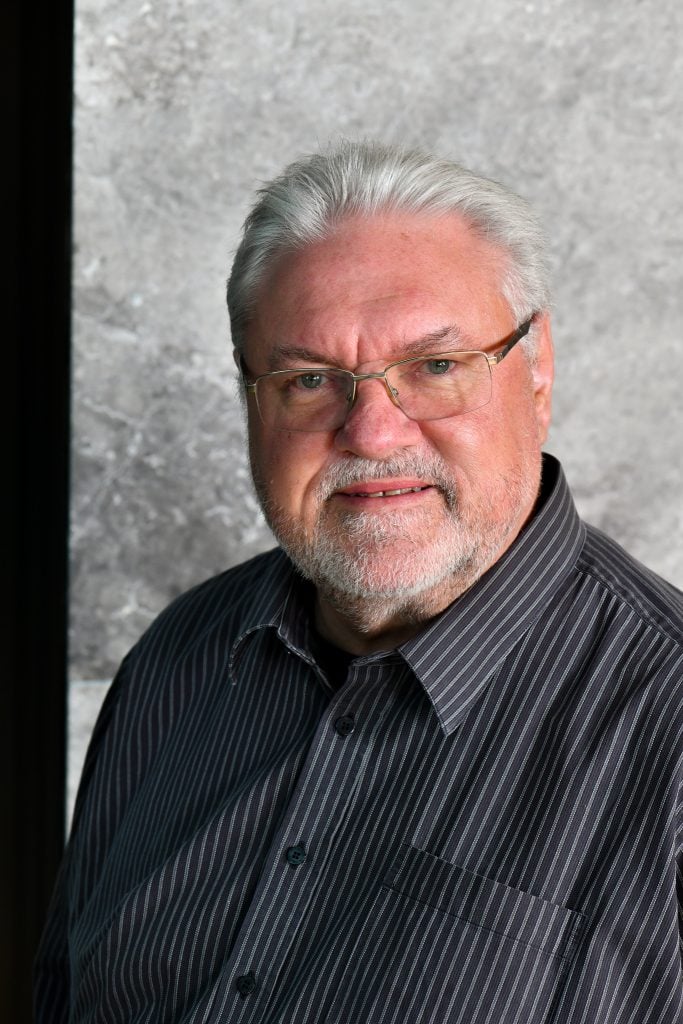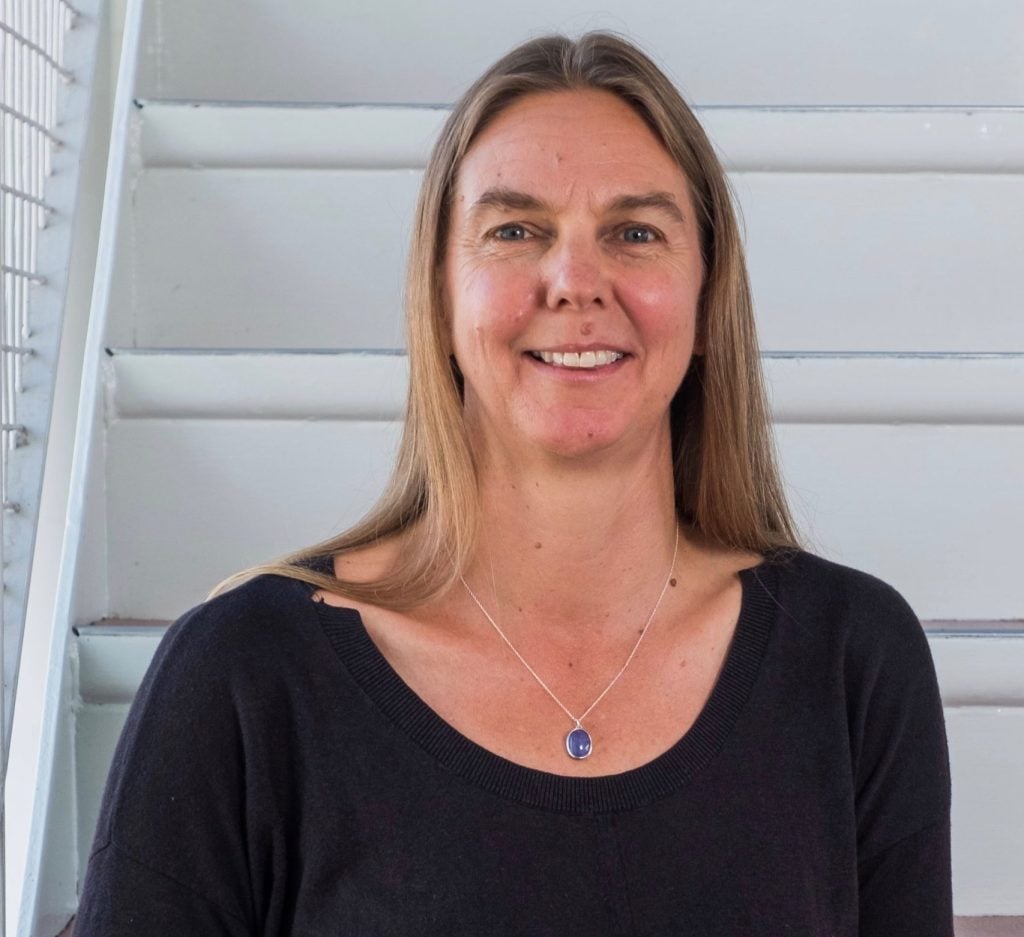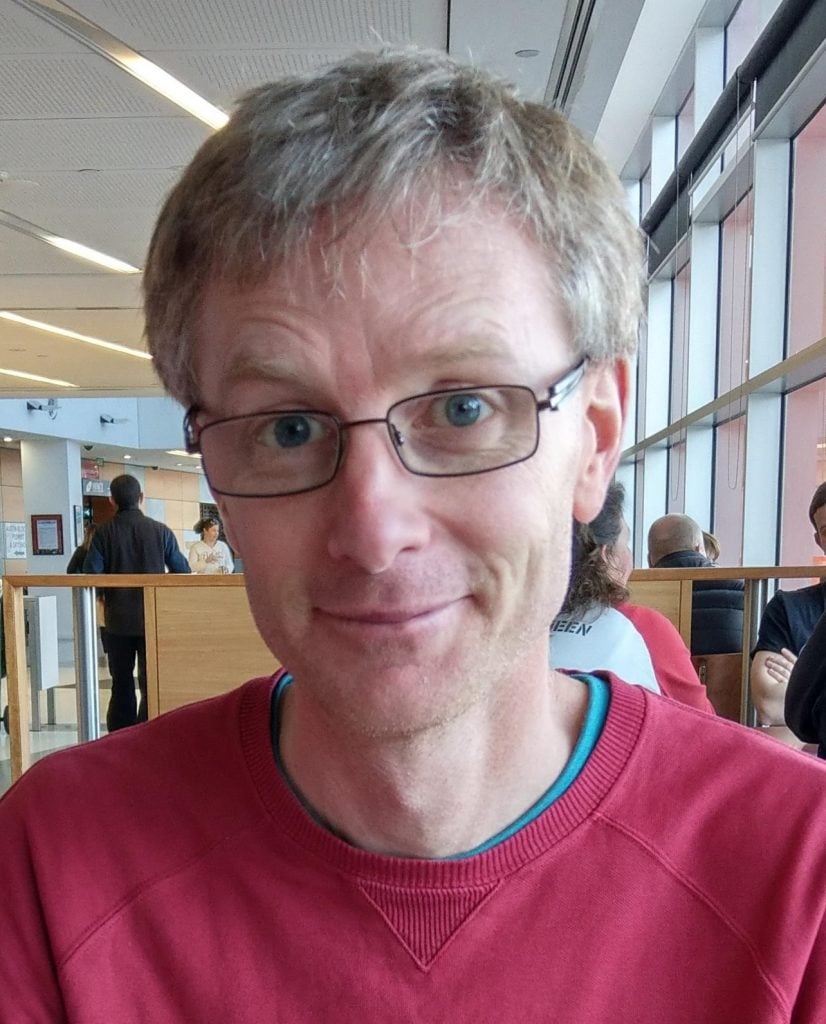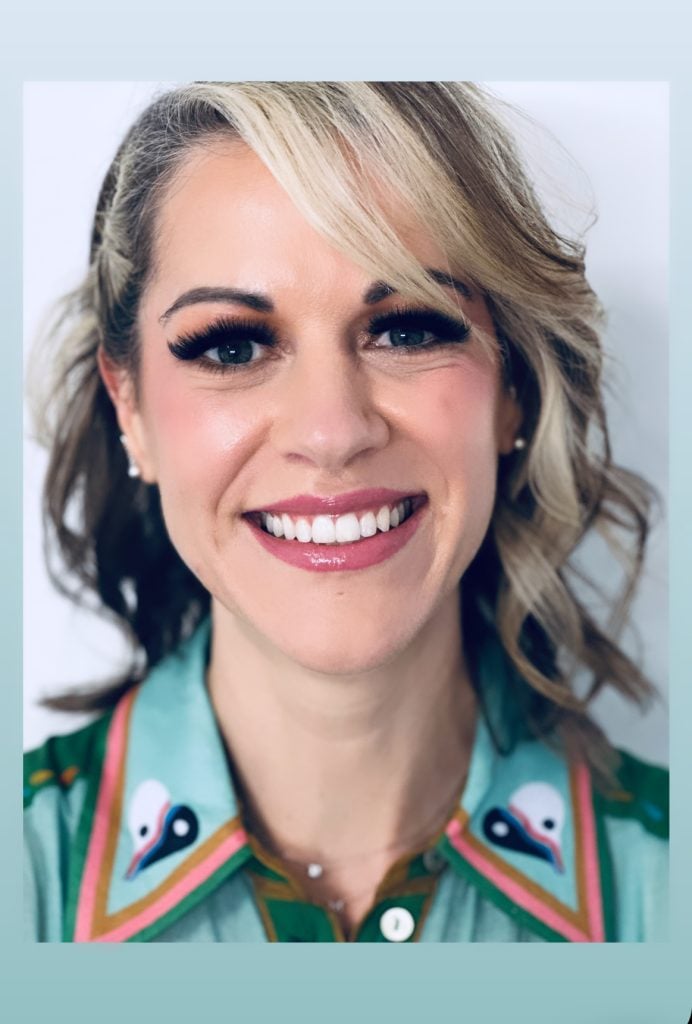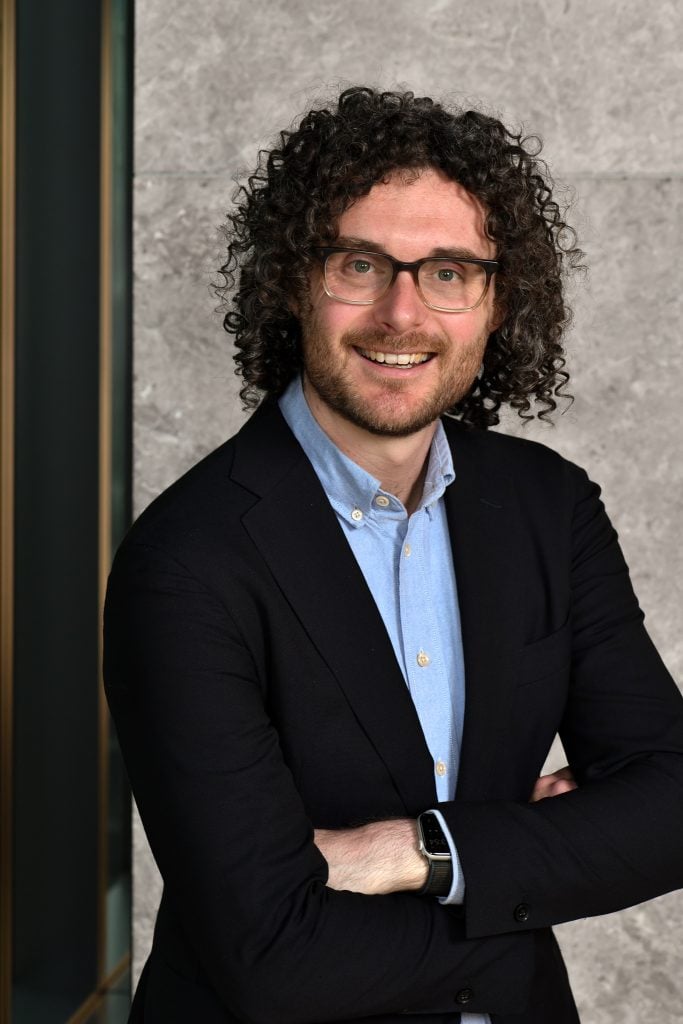Group formation using CATME Team-maker tool: Are we there yet?
22 May 2017

Matchmaker, Matchmaker,
Make me a match,
Find me a find,
Catch me a catch…
Lyric from 1964 film – Fiddler on the roof
Adapted from the presentation by Breslow, 2005, MIT
I was reminded of this lyric when we (myself and Chris Dubelaar) decided to use sophisticated group formation strategies by matching students based on diverse attributes. Our aim was to allocate students into groups based on their like-mindedness, complementary skills and constraints to minimise the negative backwash effects of group assessments. For me, this also synergised with the latest paradigm of ‘entrepreneurial education’ and ‘design thinking’ approaches to solve some of the common problems of group working environment.
In my opinion, these problems are not new to us. We’ve all stumbled upon these problems during our lives and have struggled to find ways of dealing with them. However, what is new is the unequivocal need for embedding group work activities in preparing students to be work-ready, future-ready and life-ready. When you raise this topic, especially in the summative assessment context, you can see both teachers and students feel queasy or roll their eyes. We would be extremely lucky to accomplish a group work activity seamlessly without a horror story to tell. It’s quite fathomable as it instigates combination of physical, mental and emotional melee in dealing with multi-faceted dynamic issues associated with group work.
To alleviate some (if not all) of the problems associated with group work, we have been using a number of group formation strategies using the in-built functionalities of learning management systems (LMS) such as: self-selection, teacher allocation and random allocation of members. But alas, students and teachers’ frustrations with group assessment problems still persist.
On the flip side, if these endeavours are resulting in epidemic problems of negative backwash effect, we (as educators) may be doing more damage than service to students. Are we enabling students to develop undesirable skills such as social loafing, hitchhiking, colluding, sabotaging etc.?
These thoughts heralded the need for re-thinking our group formation strategies. So, we decided to explore and trial a new strategy (at least new to our faculty and University) of dynamic allocation of members based on specific criteria. In order to accomplish this, we used team-maker tool within CATME (The comprehensive assessment of team member effectiveness), a web based software – which is an extensively trailed, tested and research-supported system. To me and Chris, one of the most powerful functionalities of this tool is its automation capability. This supports optimal group formation based on a complex similarity and dissimilarity index matching algorithm, based on parameters chosen by the instructor.
Our trial involved the following activities
- Setting up of the survey consisting of criteria relating to skills, knowledge, attitudes, and constraints (on, off campus). The choice of attributes to match for similarity included work habits, aims, goals, and desires to achieve the set goal and campus location. The choice of attributes to match for complementary skills included inherent abilities, skills and knowledge in a number of areas relevant to the unit of study.
- Students were expected to complete the survey on the first week of the trimester.
- The instructor decided on the similarity and dissimilarity parameters for each questions.
- Based on the above parameters, the team-maker tool was used to come up with an optimal group formation based on the key attributes and parameters set by the instructor.
- This group formation data was transferred manually into the in-house CloudDeakin learning management system.
Key challenges
Some of the key challenges that we faced while implementing include:
- Post facto, we realised the need for separating the enrolments based on seminar groups (flipped classroom), which created some anxious moments.
- There were others problems arising from late enrolments, dropping out and not responding to the survey.
- Lack of LTI with three types of system – STAR, CATME and CloudDeakin.
- Time and effort involved in manual uploading and downloading and editing of enrolments.
Was the experiment a success and are we there yet?
This is difficult to answer as we didn’t collect students’ perceptions or run an experimental design. However, a number of comments provided by students highlighted how this experience was new to them and how they appreciated the opportunity to be involved in the group formation decision process. Some students were very open about the need for group members who would have similar work habits, to be consistent with his/her overall desire to attain high achievements. Nevertheless, there were some unhappy high performers experiencing difficulties with team members’ failure to contribute their share of the work. This may be related to a late realisation of limitations of systems functionality that led to non-optimal group formation in some instances. We think this would be more effective when the sub-division of classes (i.e. seminar groups) is not required as this adds additional constraints, leading to not being able to fully exploit the potentials of optimal group formation strategy. Overall, I think, the experiment was positive with some encouraging comments from students. It’s my opinion that the advantages of using this process significantly outweigh the limitations and we need to do more experiments to see its impact on dealing with group work issues.
Take home lessons
- Start early, plan ahead of time to ensure successful implementation.
- Communicate to students using multiple media to ensure smooth transition from one phase to the next.
- Allocate time and resources for setting up and maintenance.
- Find alternative workarounds in instances where things do not go as per the plan.
To me, the moral of the story is to try again and learn from mistakes. Even if we did not fully succeed in our efforts to adopt this strategy in this instance, we will be there eventually if we don’t repeat the mistakes! This rings a bell of the quote by Jones – “We don’t get better to avoid failure. We fail in order to get better. That’s not an aphorism, it’s a physiological truth”.
